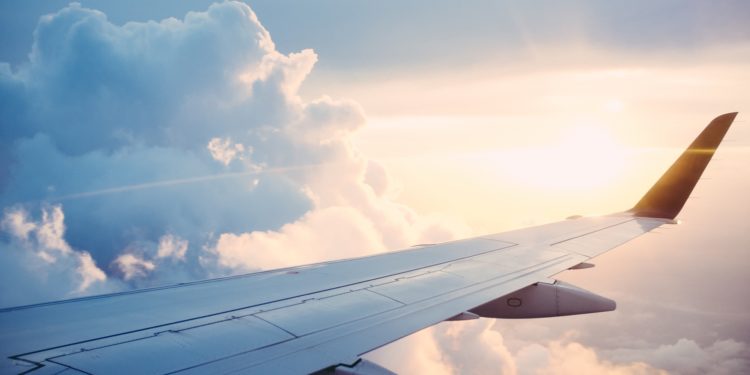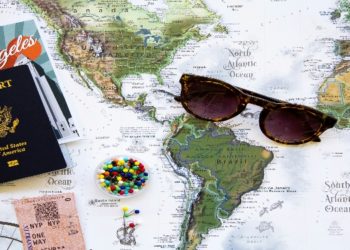Jet lag is an annoying side effect of travel that can make you feel like you’re wasting half of your trip feeling exhausted, rather than enjoying your holiday. But TikTok has hacks for everything, including how to deal with the effects of moving through multiple time zones. According to Google trend data, searches for “jet lag cures” have risen by 3400% in the past month, as people prepare for their summer holidays. Travel expert Andras Rado at Wizz Air reveals the top TikTok jetlag cures, and the science behind why they work.
Start before you depart
Getting a head start in adjusting to the time difference is important. Start by eating meals at the time you’ll be eating when you arrive; for example, if it’s 3pm at home but 7pm in your destination, eat dinner. Your circadian rhythm is affected by what you eat, so getting ready for different meal times in advance can help your body adjust quicker.
Set your watch and phone clock to the new time zone as soon as your board the plane – changing the time 24 hours will be even better, but don’t risk missing your flight by getting the time wrong!
Get some sun (behind your knees)
Apparently, getting some sun on the back of your knees is the key to resetting your body clock. A study once found that pulses of light to the back of subject’s knees was able to shift their circadian rhythm; they claimed that as the backs of knees have blood vessels that are close to the surface of the skin, the light was able to transmit a signal through the blood. But just getting some sun on your face will do – at least twenty minutes of sun, without sunglasses, is best at helping to reset.
Get the right plane
One of the contributing factors of jet lag is altitude sickness, so an aeroplane that is pressurised for higher altitude can worsen the effects of the jetlag. Most planes are pressurised for 8000 feet, but planes that are for a lower altitude, like an A350 or a 787, can help your body adjust to the jet lag quicker by minimising symptoms of altitude sickness.
Blue light glasses
Blue light-blocking glasses are popular with people who look at screens all day, as they stop the artificial light messing with your sleep cycle and circadian rhythm. The blue light tells your brain that it’s day time, even if it’s the middle of the night, so it can disrupt your sleep schedule. Wearing glasses that blocks this light, from your phone to the lights along the aisle, and even all the screens being used around you, can help you adjust to a new sleep schedule, and even encourage the production of melatonin, which makes you feel tired.
Dealing with jet lag with babies
Travelling with young children can be difficult, especially when it comes to changing sleep times. Stick to their normal schedule for sleeping and feeding throughout the flight, then switch to the new schedule as soon as you arrive. If you arrive during the day, get them out in the sunshine as that will help them, and yourself, adjust. Make sure their bedtime routine is solid at home, before you travel, so they know it’s bed time when they do that routine, even if it’s at a different time than usual.
Cold plunge
A cold plunge can help minimise the tiredness from jet lag. The shock of the cold water boosts energy levels, and helps reduce lactic acid in your body, which is what causes the muscle fatigue and soreness that you can feel after a long flight. An ice bath might be tricky in a hotel room, so a shower on the coldest setting will do!
Stick to 2 time zones
Jet lag most common when travelling west, as it’s harder to advance your body clock than it is to delay it; going to bed early, when you’re not tired, can be more difficult than having to go to bed late, but falling asleep early because you’re so tired. It’s usually trips that cross three or more time zones that cause jet lag, so sticking to two or less time zones, like Mallorca, Faro, or Iceland, means you can skip the jet lag entirely.












































































